Something remarkable is happening across the northern Midwest that’s capturing the attention of wildlife enthusiasts and researchers alike. The gray wolf, once nearly extinct in the region, is making one of nature’s most impressive comeback stories right before our eyes. From the snow-covered forests of Minnesota to the sprawling wilderness of Wisconsin and Michigan’s Upper Peninsula, wolf populations aren’t just surviving – they’re thriving and into territories they haven’t called home for decades. This resurgence represents more than just numbers on a wildlife report. It’s a testament to the power of conservation efforts and the resilience of one of North America’s most iconic predators. But it also raises fascinating questions about how these intelligent pack hunters are adapting to modern landscapes and what their expansion means for the delicate balance between wilderness and civilization. Let’s dive into the incredible story of how Minnesota’s wolves are leading this remarkable expansion across the northern Midwest.
The Current Wolf Population Boom
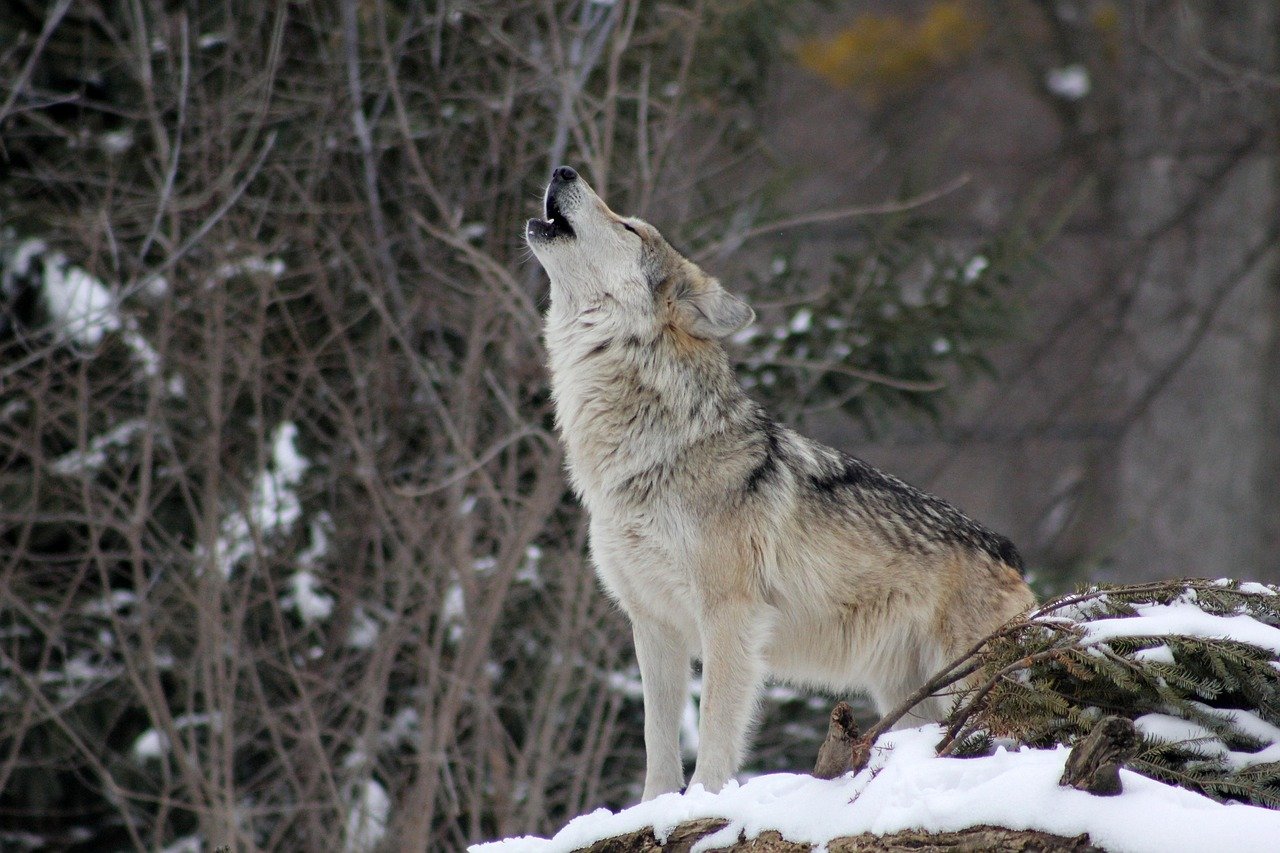
The most recent Minnesota Department of Natural Resources data reveals that the state now hosts an estimated 2,696 wolves, with populations spread across 621 wolf packs. This represents a significant milestone in the species’ recovery journey. The average pack size has stabilized at around four to five wolves, though some territories support larger family groups depending on prey availability and habitat quality.
Across the broader northern Midwest region, including Minnesota, Wisconsin, and Michigan, wildlife biologists estimate a combined stable population of approximately 4,400 wolves. These numbers reflect not just survival, but genuine population growth that’s exceeded even the most optimistic recovery projections from just two decades ago.
Wisconsin’s Remarkable Pack Growth
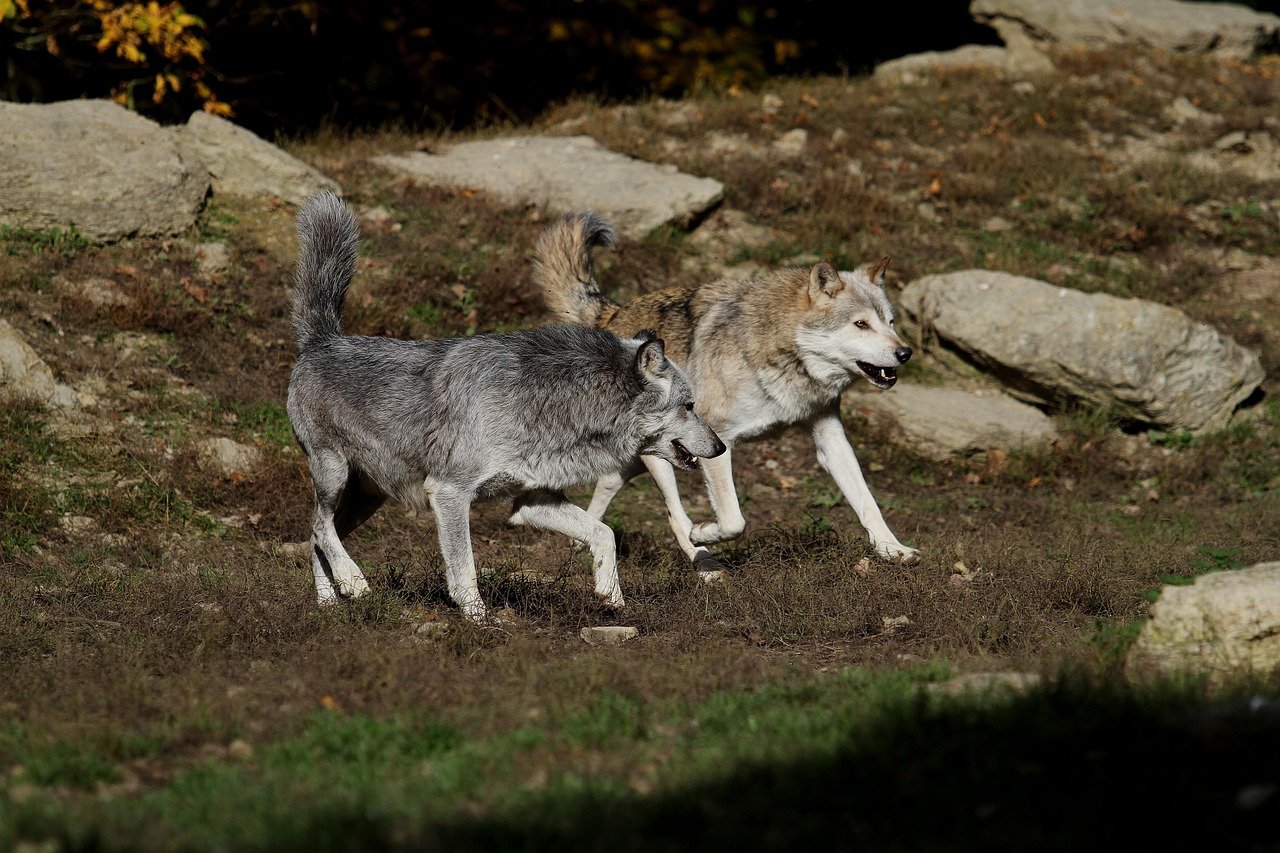
Wisconsin’s latest winter monitoring data shows the state now supports between 1,087 and 1,379 wolves organized into 299 to 373 packs, with the most likely estimate being 1,226 wolves in 336 packs. This represents a dramatic increase from the handful of wolves that first crossed over from Minnesota in the early 1990s.
The increase in wolf numbers over the past three decades has been accompanied by significant range expansion within the state, though in portions of the northern and central forest where wolves have been established for many years, territorial behavior has kept numbers relatively stable. This territorial balancing act shows how wolves naturally regulate their own populations when habitat reaches carrying capacity.
Michigan’s Upper Peninsula Success Story
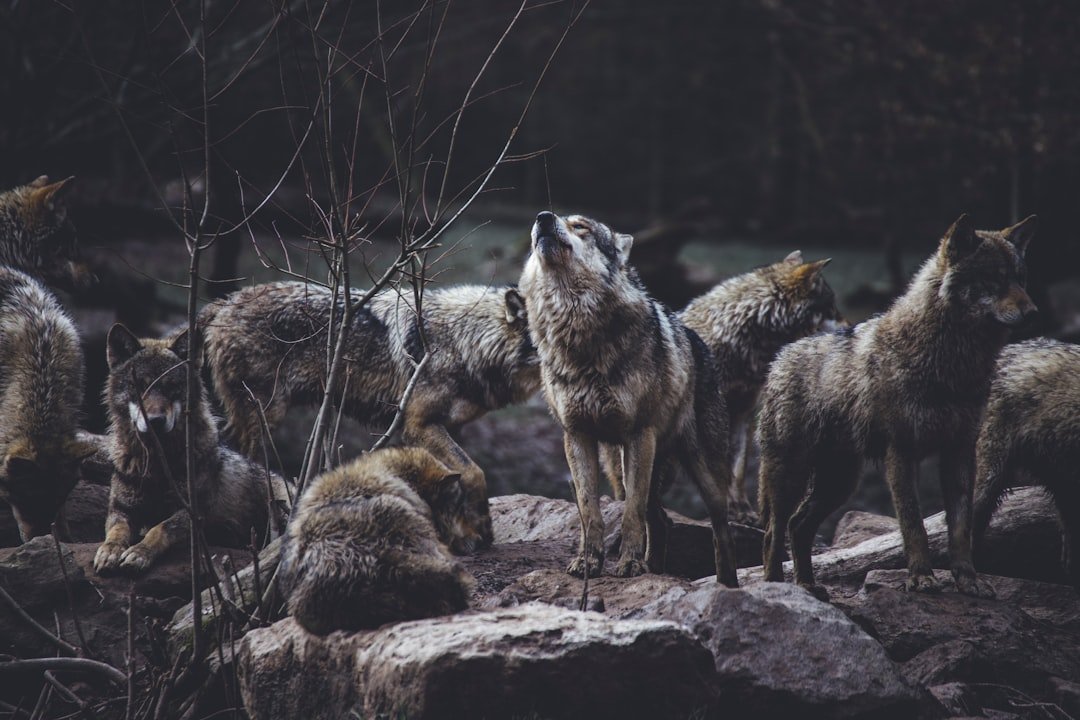
Michigan’s Upper Peninsula has seen impressive growth, with the latest 2024 winter survey estimating a minimum of 762 wolves, representing a significant increase of 131 animals from the 2022 estimate of 631. This upward trend demonstrates the region’s capacity to support wolf populations.
Despite this growth, Michigan’s wolf population continues to demonstrate statistical stability over the past 14 years, according to Brian Roell, the state’s large carnivore specialist. The Upper Peninsula’s vast wilderness areas provide ideal habitat for pack establishment and territorial expansion.
Into New Territories
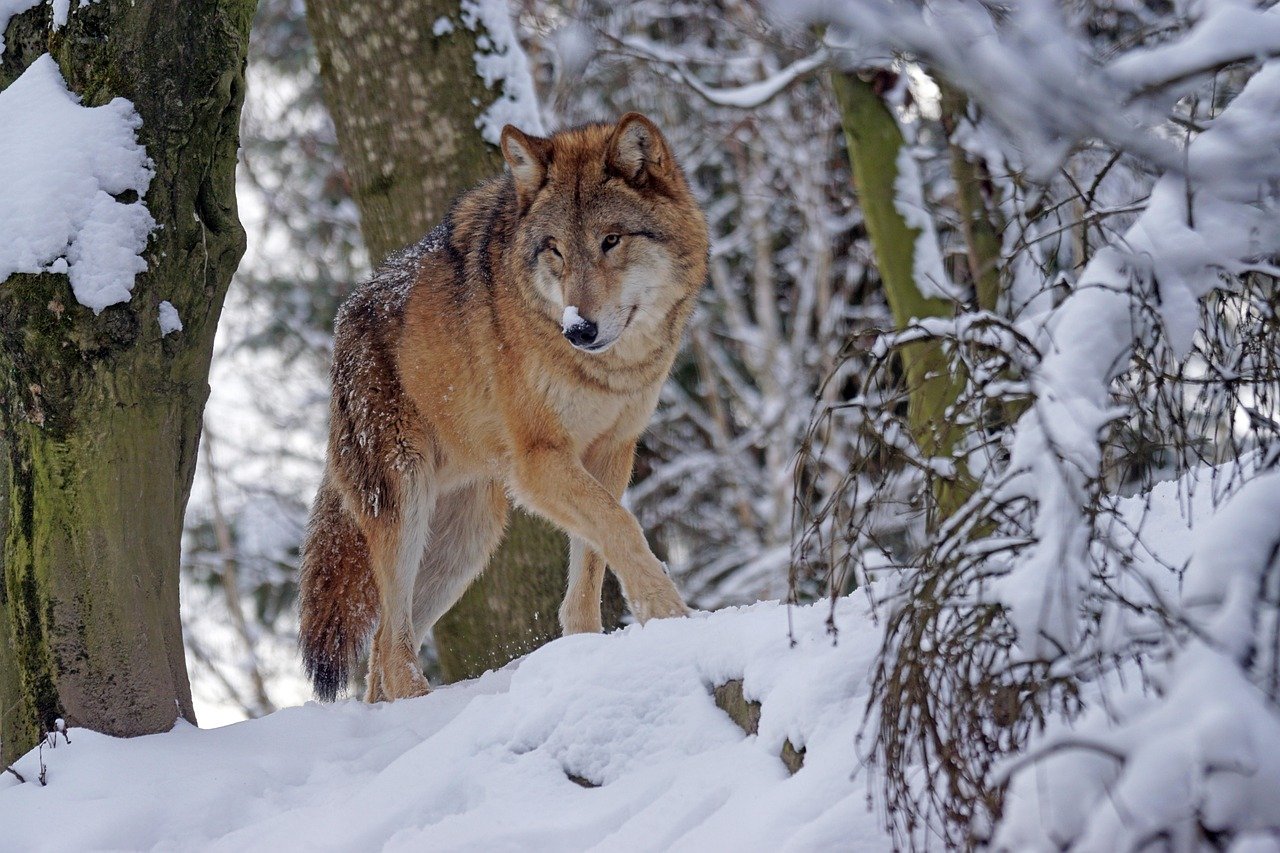
Research from the early 1980s identified areas of newly colonized wolf range, suggesting that populations were to the west and south from their traditional strongholds. This expansion pattern continues today as young wolves disperse from established territories to find their own hunting grounds.
Michigan wildlife officials are now conducting community-based surveys in the northern Lower Peninsula to detect potential wolf presence, relying heavily on public reports of sightings and evidence. These efforts reflect the real possibility that wolves may soon establish themselves in previously unoccupied territories.
The Science Behind Wolf Monitoring
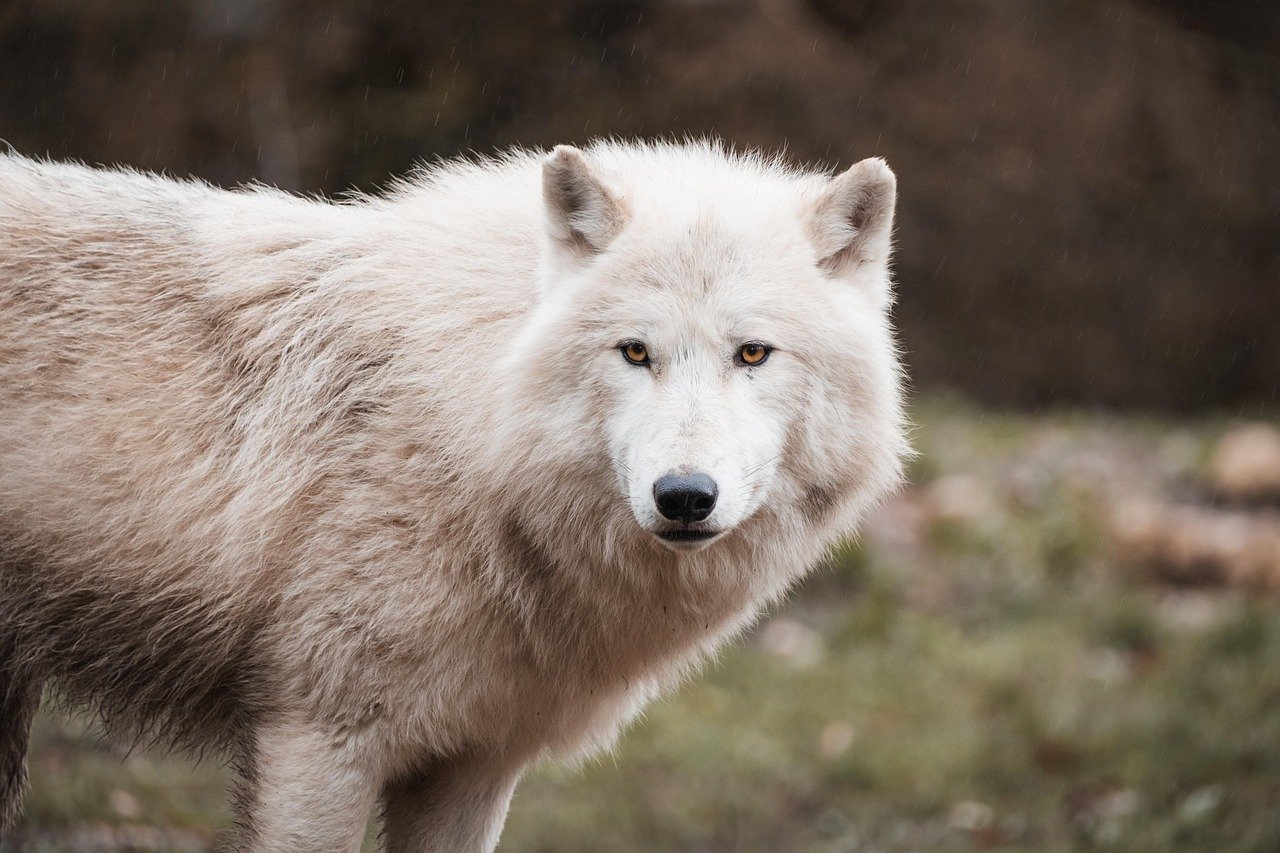
Wolf monitoring is conducted every winter when snow cover allows efficient tracking, representing the low point in the annual wolf population cycle, as wolf numbers naturally increase each year following the spring breeding period. This seasonal approach provides the most accurate baseline data for population assessments.
Minnesota’s latest population update estimated 621 wolf packs with an average territory size of 117.2 square kilometers, showing how wolves efficiently divide available habitat. These territorial boundaries shift as packs expand, contract, or relocate based on prey availability and human activity.
Range Expansion Patterns
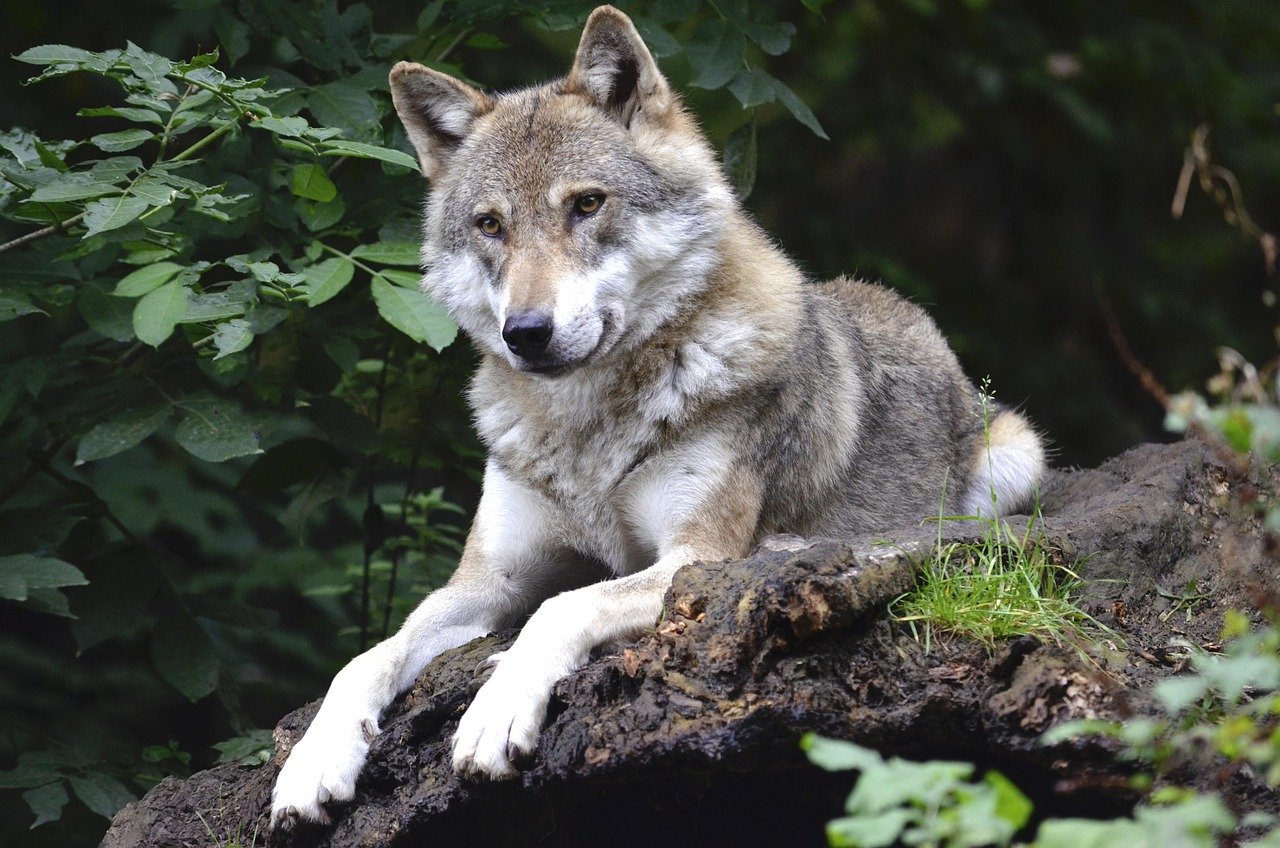
Wolf range currently covers approximately 73,972 square kilometers, with most wolves occupying the northeastern portion of Minnesota. However, documented sightings and confirmed evidence suggest this range is gradually into previously unoccupied areas. Wolf biologists track these movements through GPS collars, track surveys, and genetic sampling of scat and hair.
Mapping data shows the expansion of Minnesota’s wolf range from 1978 to 2018, identifying primary range areas while noting that wolf sightings can occur outside of these established zones. These outlier sightings often represent young wolves seeking new territory or established packs testing the boundaries of suitable habitat.
Conservation Success Meets Modern Challenges
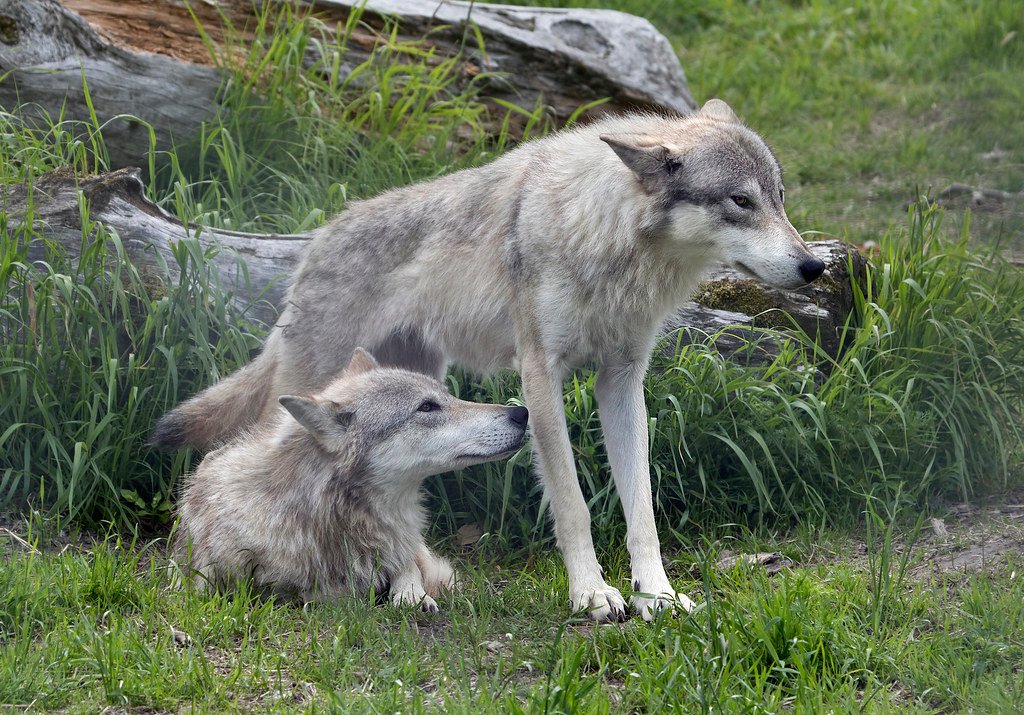
Despite their success, wolf expansion brings challenges, with Minnesota receiving a record 252 calls for wolf conflict-management assistance in 2024 related to livestock, poultry, pets, and public safety concerns. This increase in human-wolf interactions reflects both growing wolf populations and suburban development into traditional wolf habitat.
Wisconsin’s wolf population remains healthy and secure in the state, with the Department of Natural Resources continuing robust population monitoring programs and partnering with USDA-Wildlife Services to address wolf conflicts. These management strategies balance conservation goals with legitimate human safety and economic concerns.
Looking Toward Future Expansion
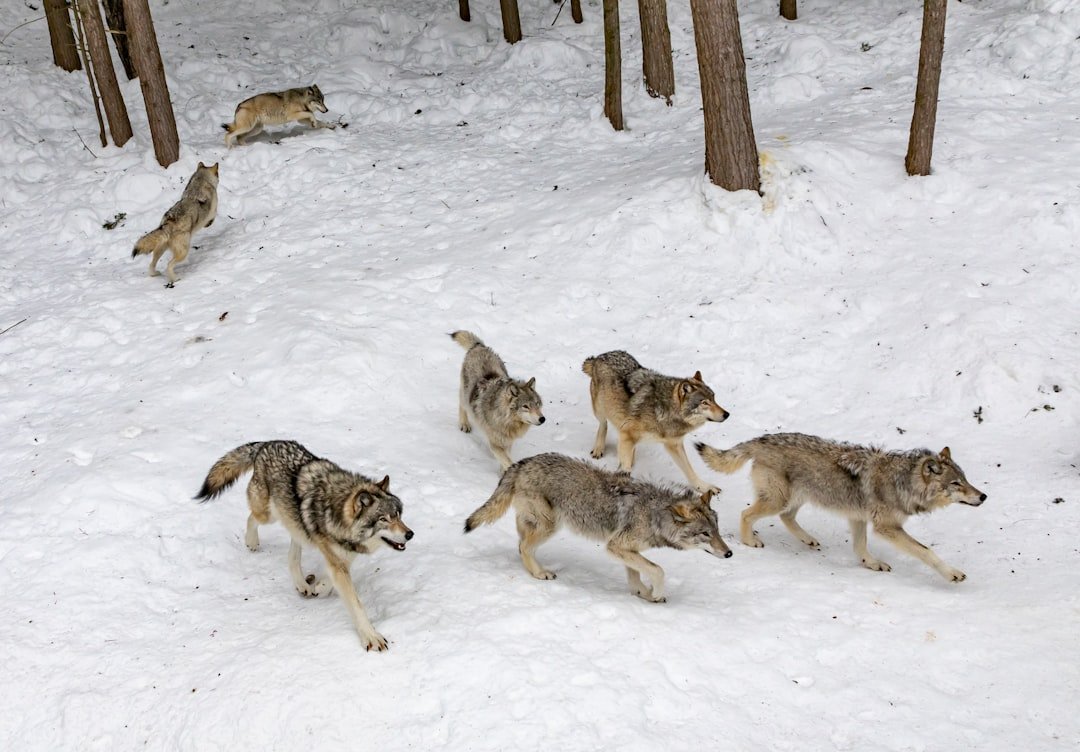
The story of Minnesota’s wolf populations represents one of conservation’s greatest success stories. From a low of approximately 750 animals in the 1970s to nearly 3,000 today, these remarkable predators have demonstrated their ability to adapt and thrive in modern landscapes. Their expansion across state lines into Wisconsin and Michigan proves that when given proper protection and habitat, wildlife can make spectacular comebacks. What makes this expansion particularly fascinating is how wolves are finding ways to coexist with human development while maintaining their wild nature. As young wolves continue to disperse and establish new packs, we’re likely to see further range expansion into suitable habitat across the northern Midwest. What do you think about this remarkable wildlife recovery story? Are you surprised by how successfully wolves have expanded their range, or does it make you wonder what other species might stage similar comebacks with proper conservation support? The howl of the wild is definitely getting louder across the northern Midwest.




